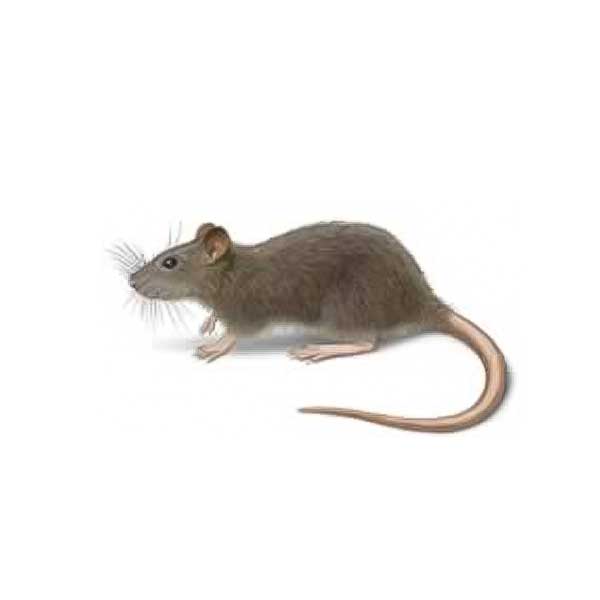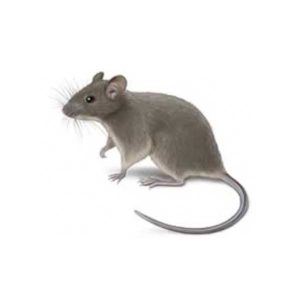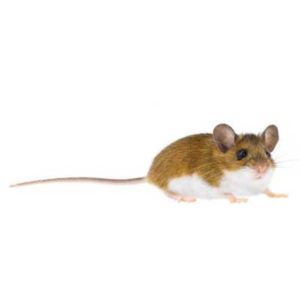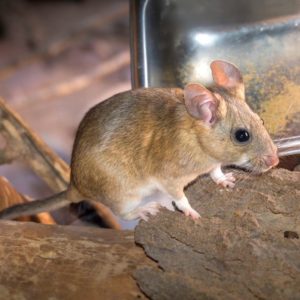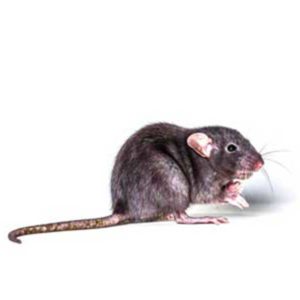Norway Rats in Albuquerque NM
Norway rats are extremely territorial, and will even kill mice that compete with them for food and shelter. Their droppings are much larger, around 3/4″, and combined with shed hair and dander can be a significant source of indoor allergens. Norway rats will eat almost anything but prefer cereal grains, meats, fish, nuts, and some fruits. Like most rodents, Norway rats are most active an hour after sunset and just before dawn. The gnawing activity of Norway rats can cause considerable damage to homes, gardens, and structures. Norway rats are carriers of serious diseases, including jaundice, rat-bite fever, and salmonella.
Norway Rat Habitat
Norway rats prefer to burrow and tunnel in the ground,. These tunnels can be up to 6 feet long! Often, Norway rats will inhabit old burrows and tunnels built by other animals or rodents. Burrows are constructed outdoors beside foundations and gardens. Norway rats are nocturnal and will enter homes at night in search of food, returning back to their burrow. If nests are found inside homes, they are typically in basements and crawl spaces. If a population is large, Norway rats will end up in attics. Hearing scurrying at night is often a sign there are rats in your home.
Norway Rat Behaviors & Dangers
Norway rats are very dangerous due to the destruction they cause and disease they can spread. Norway rats can damage foundations, slabs, garden crops, and plants as they burrow and gnaw to find food and shelter. Inside homes, Norway rats may cause extensive damage when nesting in walls and attics. Accounts of rodents starting fires through the gnawing of electrical wires have been widely reported. Chewed, exposed wires inside walls can spark, causing interior walls to catch fire. When foraging for food, these rats consume and contaminate food meant for humans, pets, and livestock. Salmonella, leptospirosis, and rat-bite fever are among the dozens of diseases that can be spread by these rats.
Because Norway rats can be more dangerous than you think, always enlist the help of a local rodent exterminator when you have an infestation!
Need help with Norway rats?
We'll call you! Leave your information below.

